Jianzhan tea cups, popular during the Song Dynasty, were renowned across China. While the exact number of types has never been recorded, eight varieties of collectible Jianzhan are commonly recognized: Golden Rabbit Fur, Silver Rabbit Fur, Imperial Brown Rabbit Fur, Black, Blue, Partridge Feather, Oil Drip Glaze, and Yohen Tenmoku.
These cups are made with a black clay body that has a blue sheen, and they typically share the same dimensions: diameter, foot, and height (12.5 x 4 x 7 cm). The glaze on all of them has a soft, lustrous finish, reminiscent of a baby’s slightly sweaty skin.
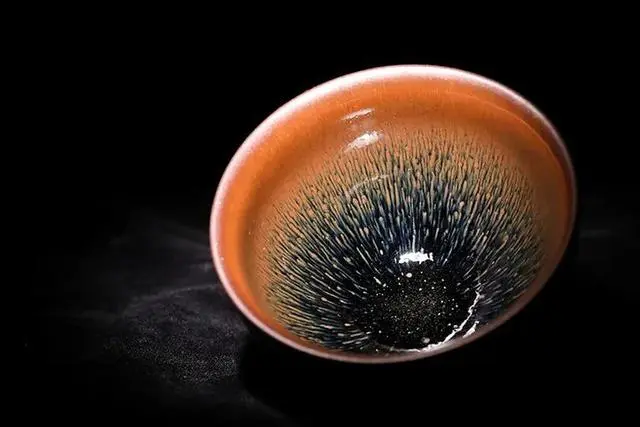
However, the original “muddy clay” material used in the Song era has long since vanished. Today’s Jianzhan cups, made by local artisans, use a black-dyed clay, but they cannot replicate the fine, long, and densely packed Rabbit Fur markings or the soft glow that developed over centuries.
Nowadays, most museums and collectors possess brown Rabbit Fur or Black Jianzhan cups. Only a few Partridge Feather, Oil Drip Glaze, and Yohen Tenmoku cups are preserved in Japan. Silver Rabbit Fur cups are rare, and Blue Jianzhan are only documented in writings, with no known surviving pieces.
Experts who attempt to appraise these treasures find it incredibly challenging, often relying on Japanese photos, which leads to uncertain conclusions.
1. Golden Rabbit Fur Jianzhan
This is one of the more common Rabbit Fur types found among collectors. The two examples we have, both with a diameter of 13 cm and height of 7 cm, are stunning. The one marked with “For Imperial Use” features beautiful, fine, and long golden streaks, suggesting it was crafted for royalty.
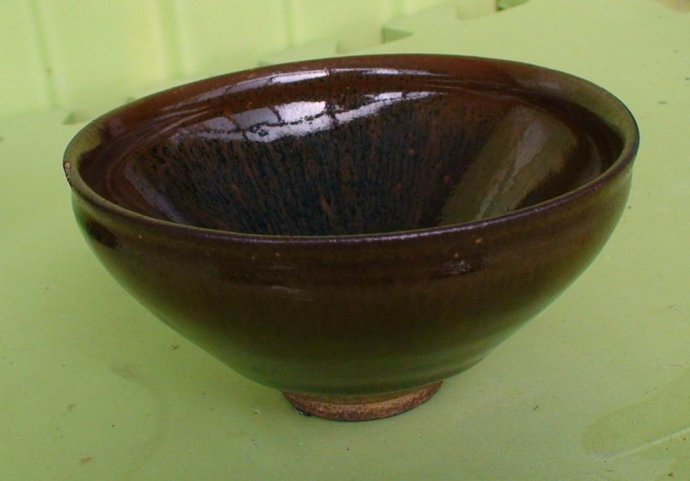
Both cups have a glossy glaze, with a blue base glaze and a yellow-brown overglaze. The soft sheen is typical of Jianzhan cups, whose pure black-blue “iron clay” bodies will not be further discussed.
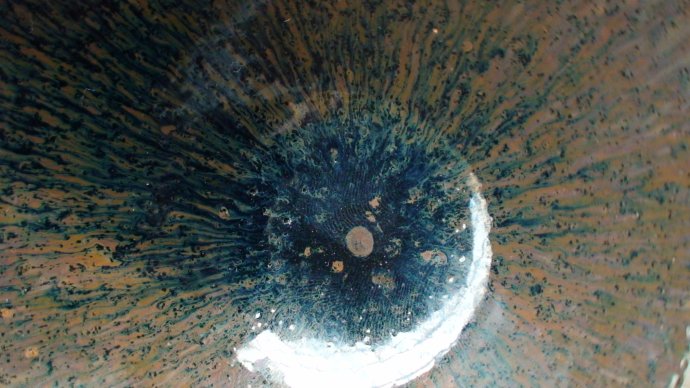
The “Rabbit Fur” streaks are the result of the high iron content in the glaze.
The cup is crafted by first applying a blue base glaze, followed by a small amount of yellow-brown glaze near the rim. At high temperatures, the yellow-brown glaze flows downward and forms the characteristic “rabbit fur” effect.

Both glazes are applied to the raw clay body, and the process requires strict temperature control, as even slight variations can prevent the desired Rabbit Fur pattern. The intricate streaks are akin to the moment of life’s creation, as seen in microscopic views of human sperm swimming towards the egg.
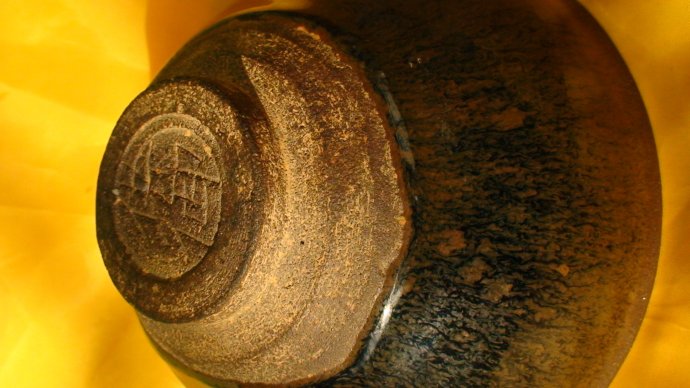
This ancient technique reflects an attempt to capture the universe within a small cup, with the bottom symbolizing the solar system and the swirling universe beyond.
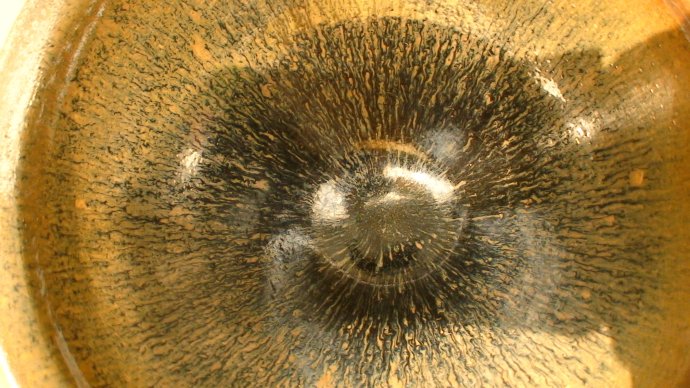
2. Silver Rabbit Fur Jianzhan
Silver Rabbit Fur is a rare and precious type of tea cup. The “jade-like streaks” praised by Emperor Huizong of Song likely referred to this variety. Collectors guard these cups in secrecy.
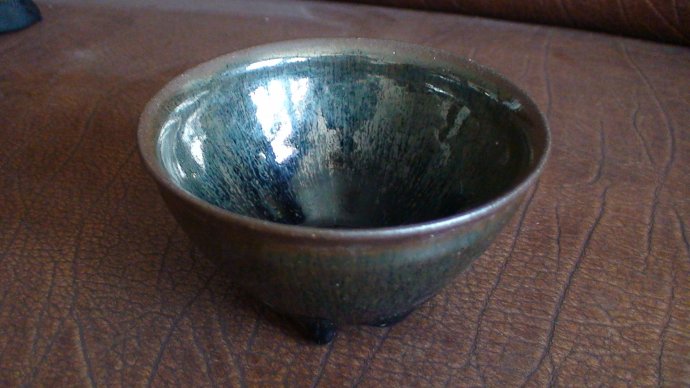
Its glaze is unique, as silver-colored (speculated to contain tin or aluminum) streaks are applied over a blue base. A thin layer of clay with low iron content is applied to the raw clay body to avoid reddish iron streaks.
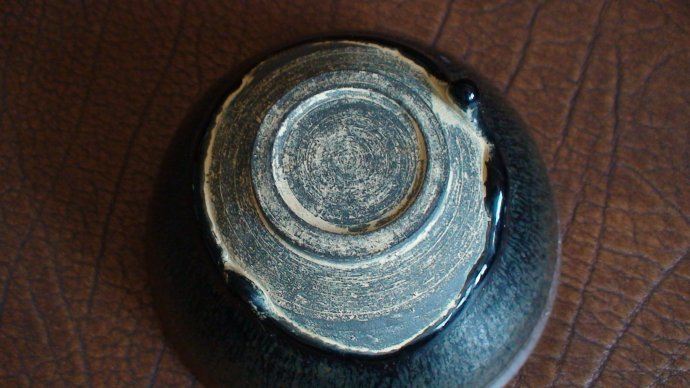
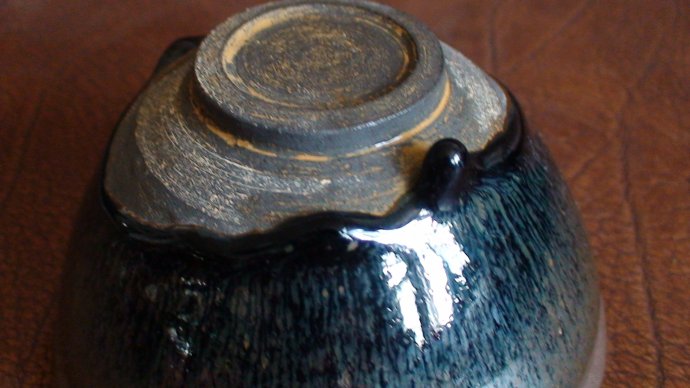
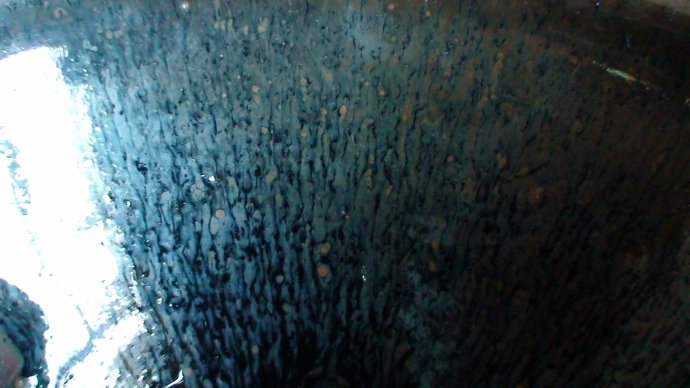
The method of creating the glaze has been lost, and modern attempts to recreate it have failed. Otherwise, the production process is the same as for Golden Rabbit Fur Jianzhan, though the attention to detail is even more painstaking.
3. Imperial Brown Rabbit Fur Jianzhan
This type of Jianzhan, crafted for the royal family, required even more meticulous workmanship.
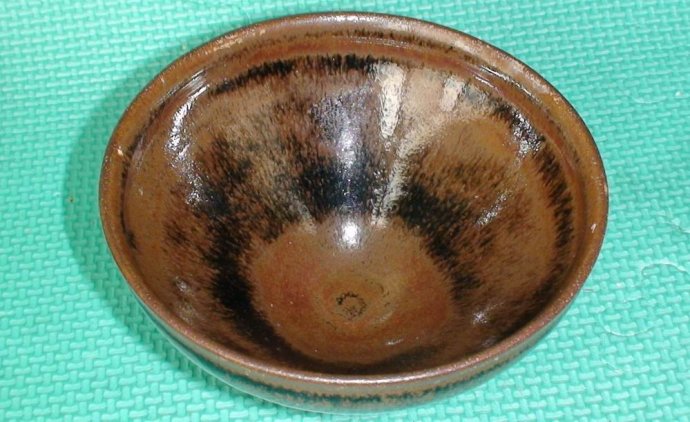
First, a black glaze was applied to the raw clay body, followed by a unique brown glaze on the upper half.
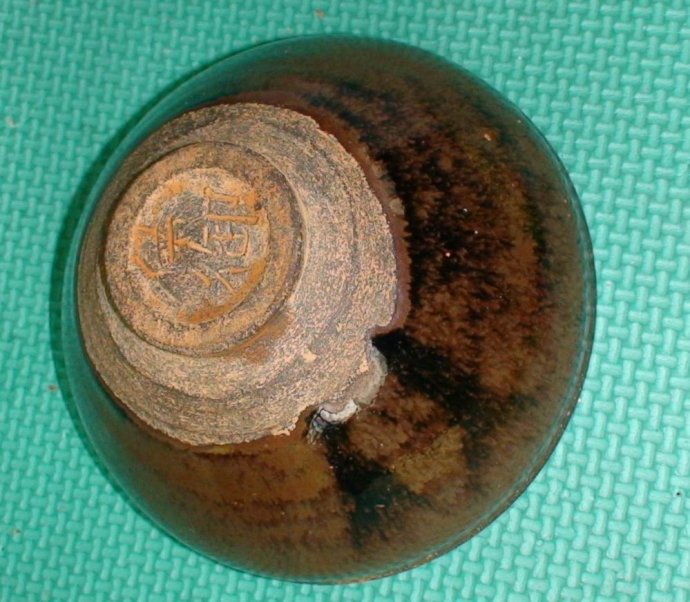
The words “For Imperial Use” were carved into the wet clay at the base using a bamboo knife.
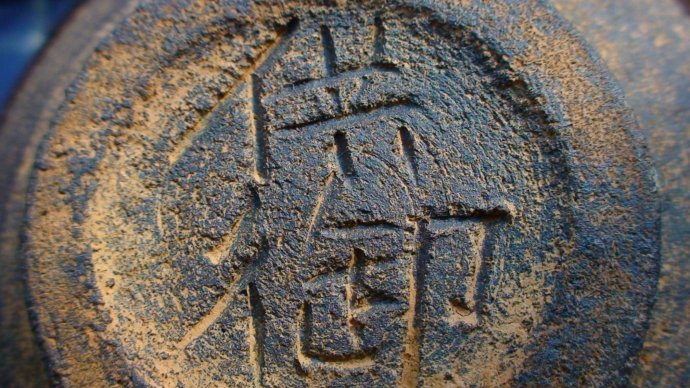
However, due to imperfect temperature control, the Rabbit Fur pattern did not form as expected.
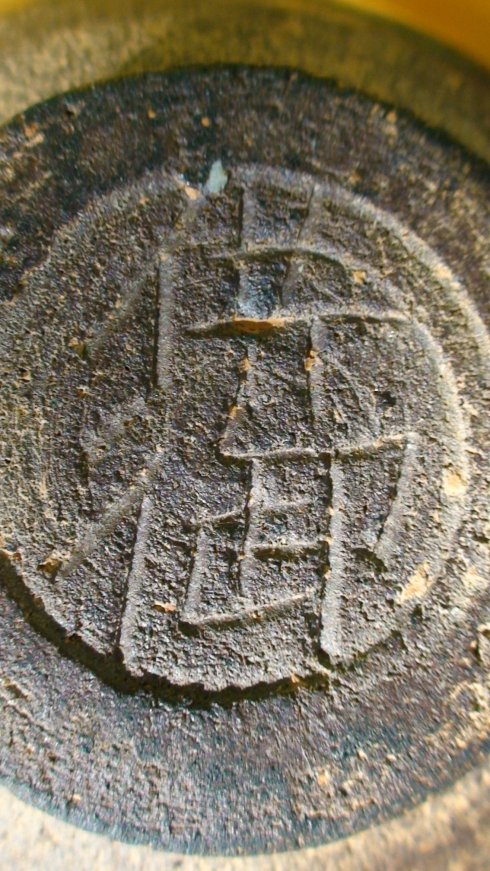
It is possible that this piece was rejected for royal use, only to end up in the hands of the public, where it was preserved over time.
4. Black Jianzhan
The most common variety, Black Jianzhan, was a popular household item.
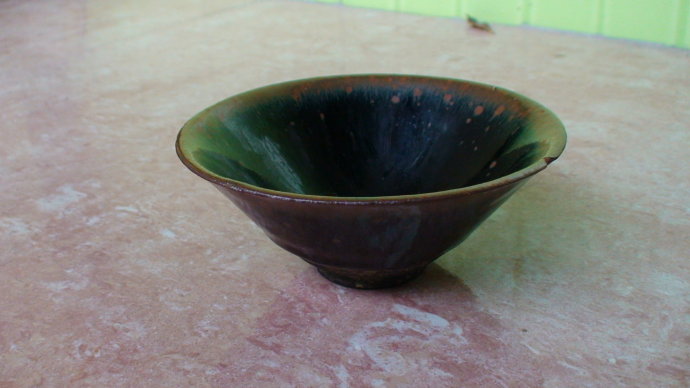
It was made with coarse clay and a simple black glaze.

The glaze often reveals brownish iron rust under the rim and exterior, due to thin glazing in certain areas. Unlike the brown seen in the Golden and Silver Rabbit Fur cups, this color is a result of the interaction between the iron and black glaze.
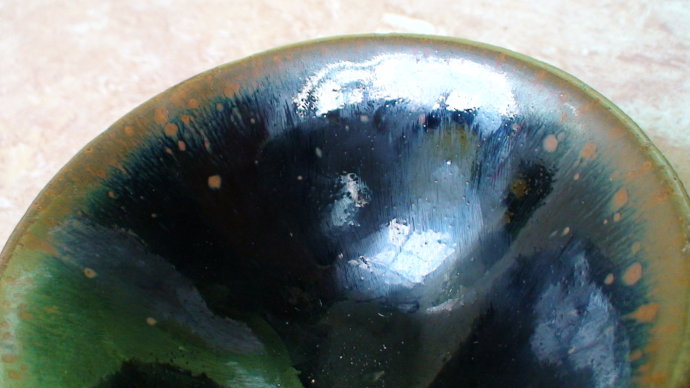
The surface of these cups is remarkably smooth and moist, feeling like a slightly sweaty hand.
5. Partridge Feather Jianzhan
According to reports, only one Partridge Feather Jianzhan remains, housed in Japan.
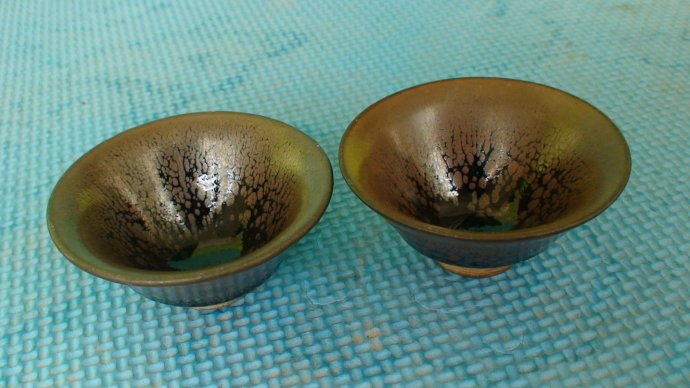
The technical difficulty in creating this cup is extremely high, and very few were ever produced.
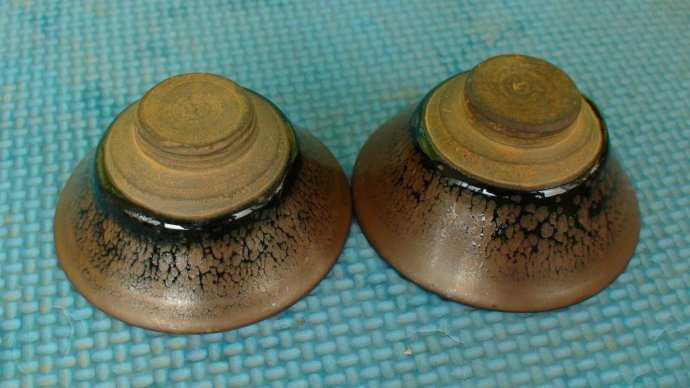
These cups feature a special black glaze applied to the raw clay body, but even a few degrees’ difference in temperature can alter the outcome.
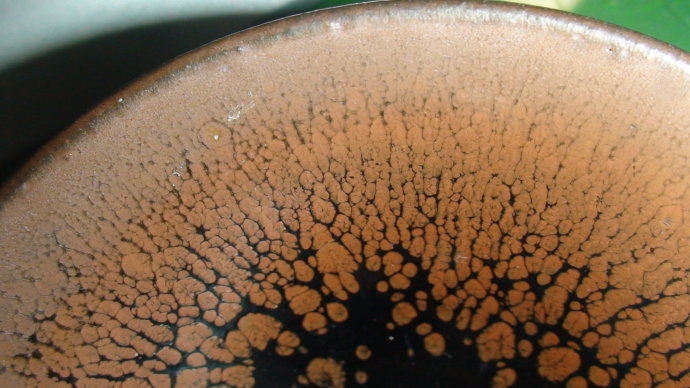
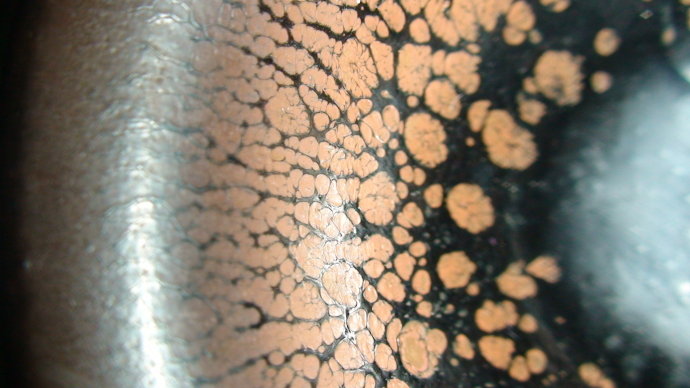
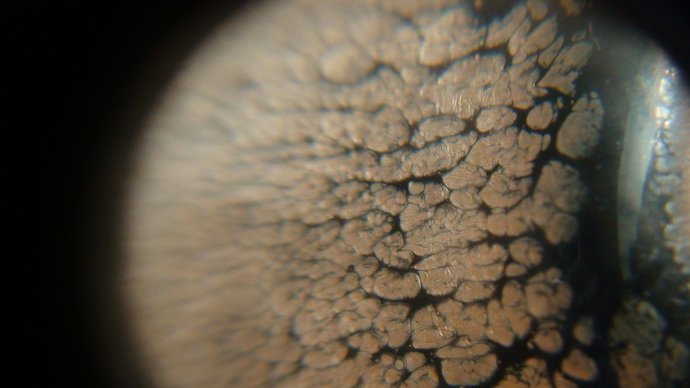
The streaks form unique patterns that resemble living organisms, with microscopic gaps between them. Each streak, visible under magnification, resembles a miniature landscape painting.
6. Oil Drip Glaze Jianzhan
Oil Drip Glaze is another famous and rare type of Jianzhan.
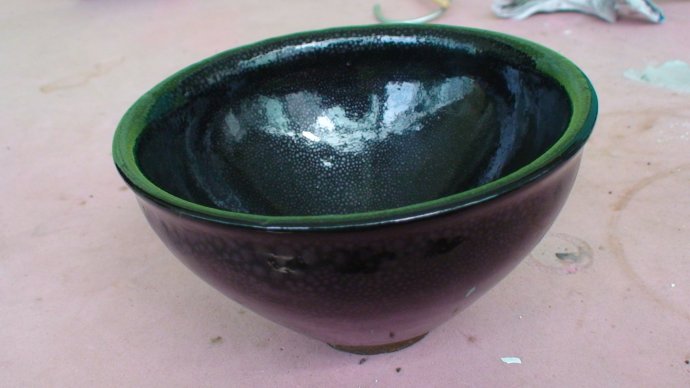
Although often confused with Partridge Feather Jianzhan, they are distinct varieties.
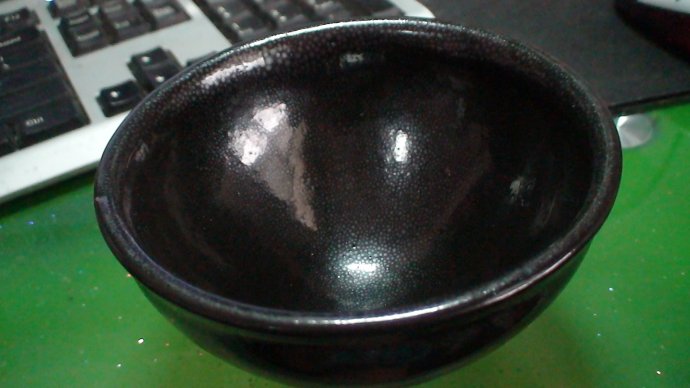
The glaze forms tiny droplets on the surface due to specific molecular reactions at high temperatures, creating a mesmerizing effect.
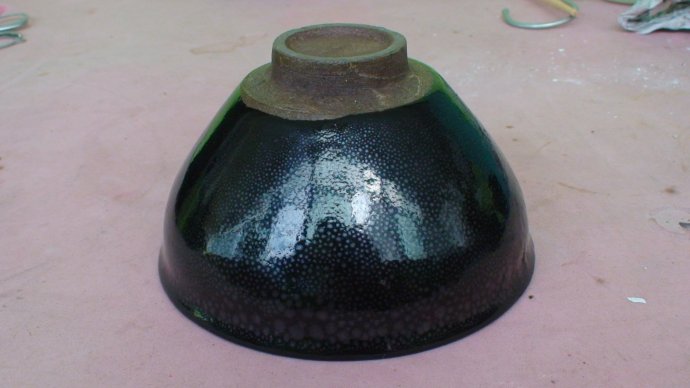
Unlike the Northern Chinese oil drip glaze, which forms on the surface, Jianzhan Oil Drip Glaze forms within the glaze itself, beneath the glossy layer.
The formation of these “oil drops” is a testament to the precise control of temperature during the firing process.
7. Yohen Tenmoku Jianzhan
A few Yohen Tenmoku cups are housed as national treasures in Japan, but none remain in China.
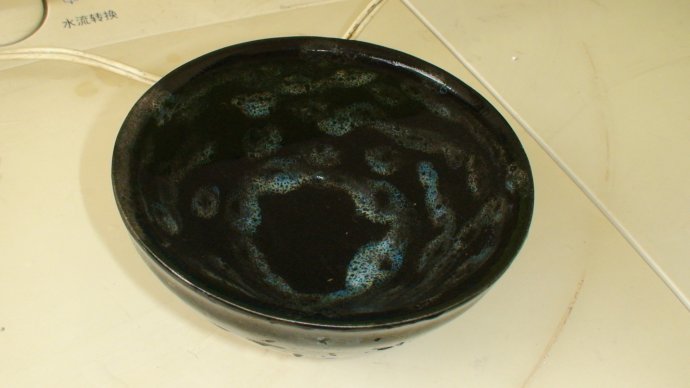
Despite the myths surrounding their vibrant colors and mystical glow, these cups are made like other Jianzhan cups, using black glaze on a raw clay body.
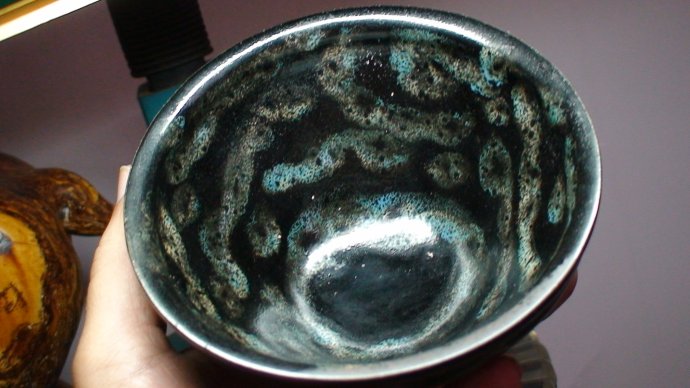
The kiln transformation results in a blue color, often with hints of yellow and green, that can appear striking under certain lighting.
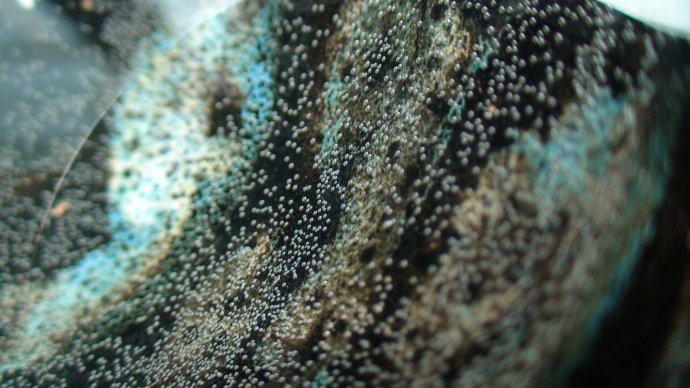
Their high firing temperature, which exceeds 1330°C, gives them a distinct steel-like ring when struck, a feature that adds to their uniqueness.
8. Blue Jianzhan
While Blue Jianzhan is mentioned in records, no surviving pieces have been found.
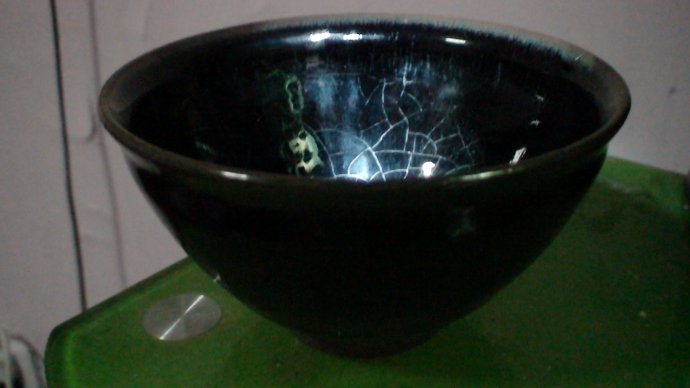
Some Jianzhan cups are coated with blue glaze, but the true Blue Jianzhan remains elusive, its rarity contributing to its allure.
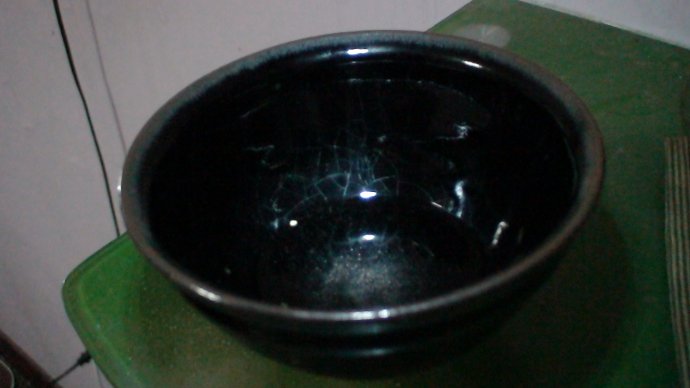
A collector’s Blue Jianzhan cup is said to reveal a “golden pearl” at the bottom when filled with water, a phenomenon attributed to the cup’s unique glaze composition.
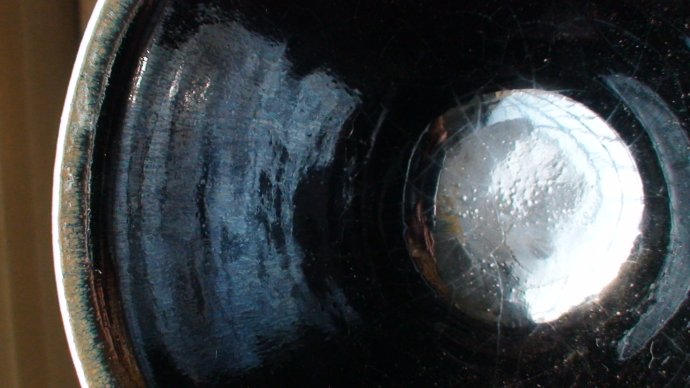

This cup is a fascinating representation of the mysteries of the universe.
